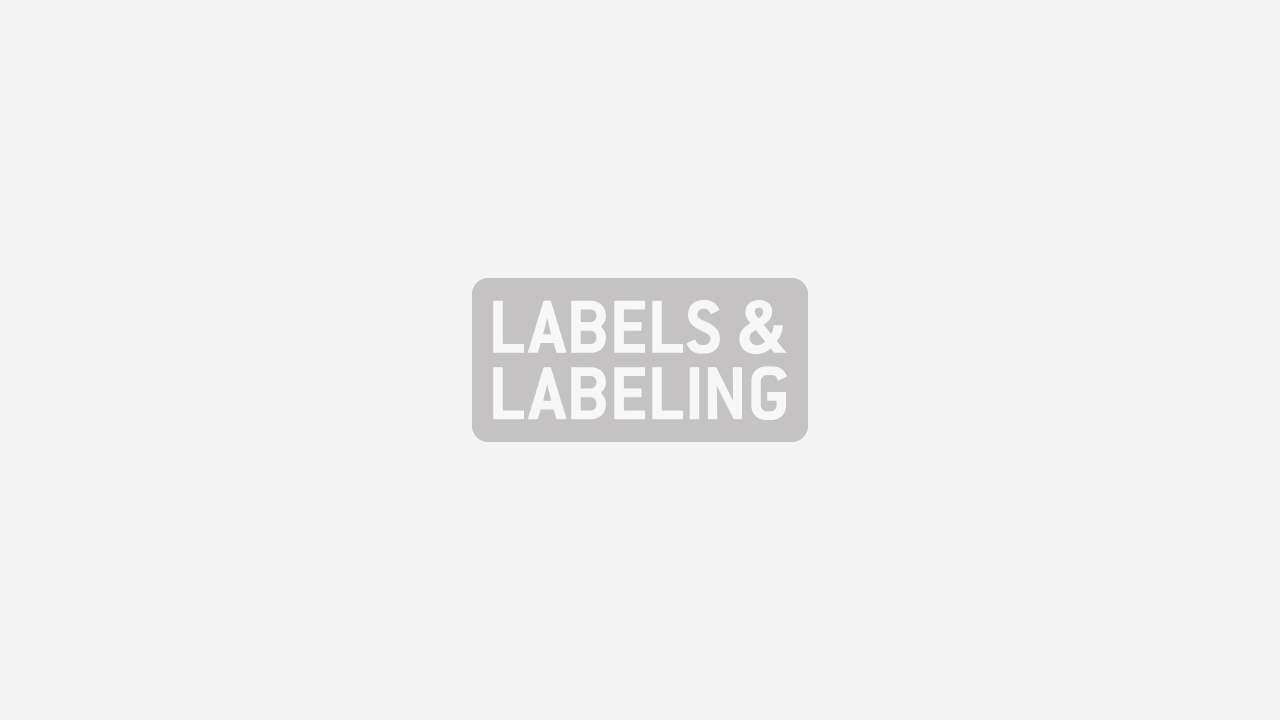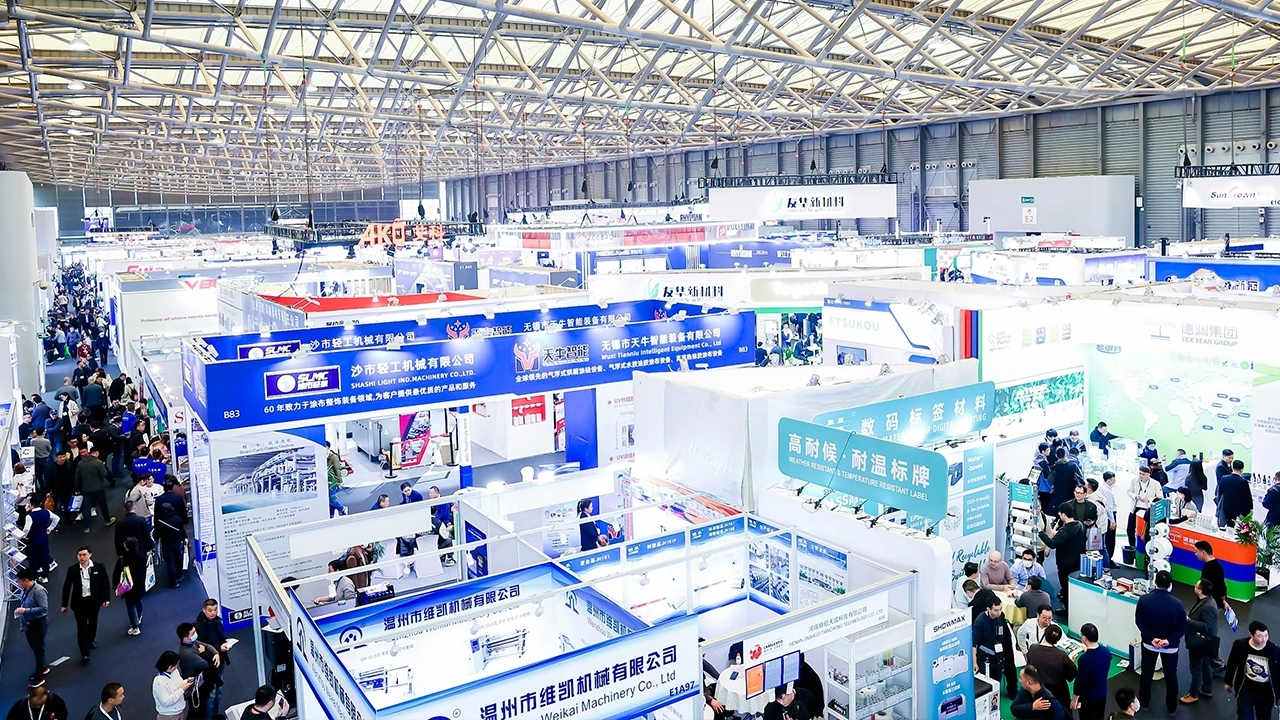James Quirk: Labelexpo Europe demonstrates global reach

Labelexpo Europe 2011 showed the event’s global reach like never before, with a record-breaking 28,636 visitors attending this year’s show in Brussels.
An analysis of the visitor data, and a comparison with the numbers from previous exhibitions, paints an interesting picture of the industry’s ebb and flow. A rise in visitors from a developing country or region can reasonably be taken as a positive endorsement of the state of the local industry – with increasing numbers of converters keen to stay abreast of technological developments and invest in new equipment.
When dealing with the more developed markets, however, a dip in numbers is perhaps less indicative of local industry contraction than it is of companies cutting costs by sending fewer staff to attend.
Visitor numbers at the shows in 2009 and 2007 were similar – 24,169 and 24,752 respectively – but 2011 saw a significant rise to 28,636. So where are the new attendees coming from? And how has economic development – or lack of – in different parts of the world affected visitor numbers?
2011’s rise in visitors – despite continuing economic problems around the world – can be seen as proof of the adage that the label industry exists in something of a bubble. Despite the economic problems in Europe, for example, visitor numbers from the region remained strong, even rising by 1.4 percent.
While most of the region’s western markets sent slightly greater numbers compared to 2009 – including France, Germany, Italy, Netherlands, Spain and the UK – the significant growth from the region came from Eastern Europe. Visitors from Russia and Poland rose by 62 percent and 43 percent respectively, while Belarus, Bulgaria, Croatia, Czech Republic, Romania, Slovakia and Slovenia were all better represented compared to 2009. Turkey, meanwhile, saw a 25 percent increase.
Visitor data from the Americas tell a similar story of the increasing power of developing markets. A reduction in numbers from the US and Canada was offset by a 14 percent rise in visitors from South America. There were 37 percent more attendees from Brazil compared to 2009, while Chile, Colombia, Peru and Venezuela all saw slight rises. In 2009, Argentina and Mexico sent almost exactly the same number of visitors; this year, the Argentine figure rose by 19 percent and the numbers from Mexico leapt by 96 percent.
Visitor numbers from Asia were consistent overall with 2009, with fewer attendees from Japan and Taiwan offset by an impressive surge from India – with a 78 percent increase. China registered 17 percent more visitors.
Attendees from Middle East and North Africa rose by 38 percent. With comparatively fewer visitors, Sub-Saharan Africa (55 percent), Central America and the Caribbean (64 percent) and Australia and Oceania (21 percent) also showed significant jumps in visitor numbers. South Africa, the largest African market, sent 39 percent more visitors.
In a further example of the event’s global reach, a number of countries were represented in 2011 that had not been two years previously – including Angola, Barbados, Ethiopia, Liberia, Mongolia, Namibia, Oman, Palestine, Puerto Rico, Réunion, Sierra Leone, Tajikistan, Uganda and Zambia.
Labelexpo Europe 2011, therefore, demonstrated the truly international nature of the exhibition. The visitor data is further proof of the increasing development of countries such as India, Brazil, Russia and Mexico, and shows that label market growth in regions like South America, Eastern Europe, the Middle East and Africa is cause for optimism.
James Quirk
Latin America editor
Labels & Labeling
Stay up to date
Subscribe to the free Label News newsletter and receive the latest content every week. We'll never share your email address.


